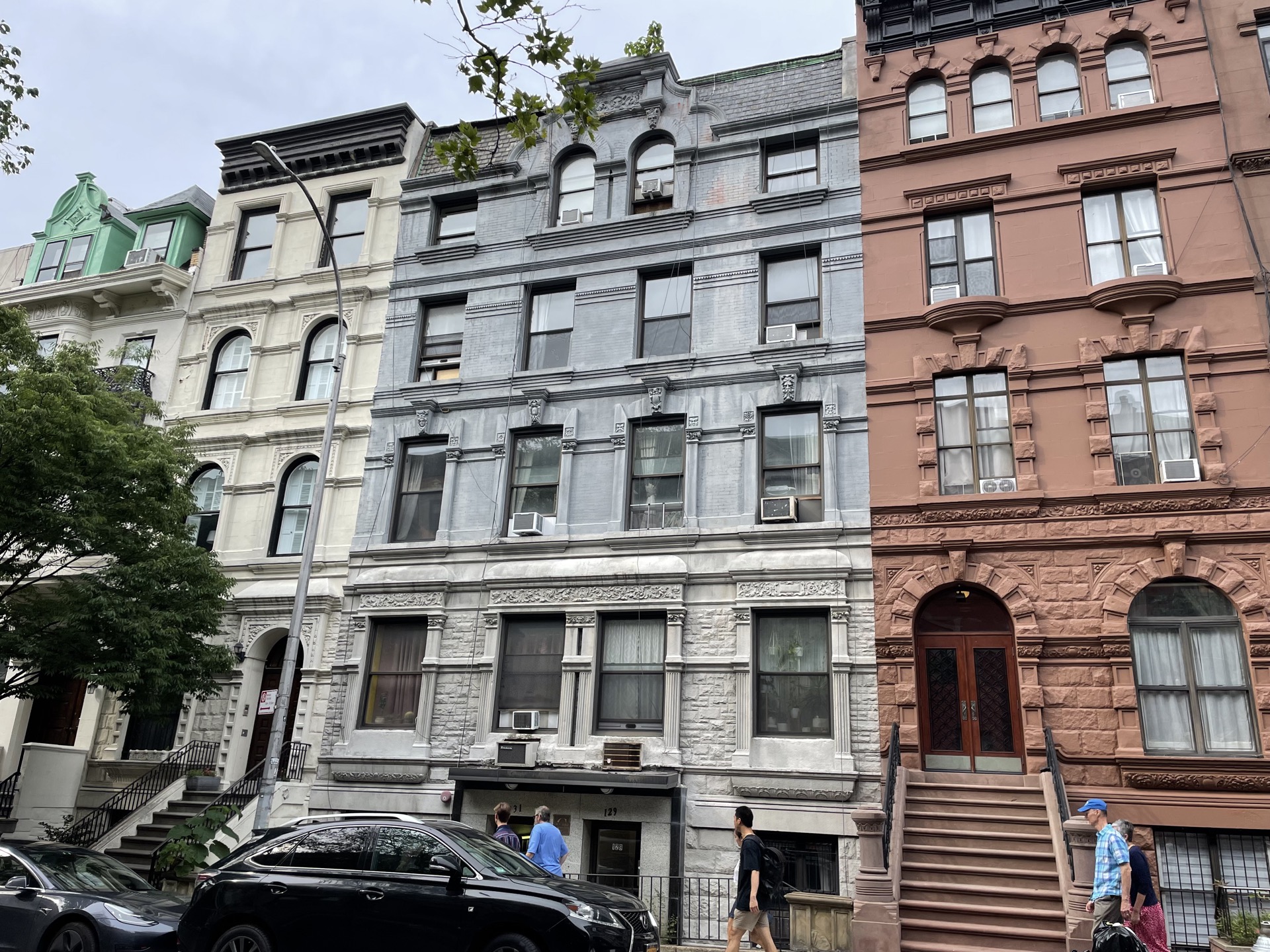In this post, we discuss a favorite museum of ours, the American Museum of Natural History in New York. We’ll start with the basics of the museum before moving onto our favorite exhibits and tips for visiting. Read on to learn all about the American Museum of Natural History!
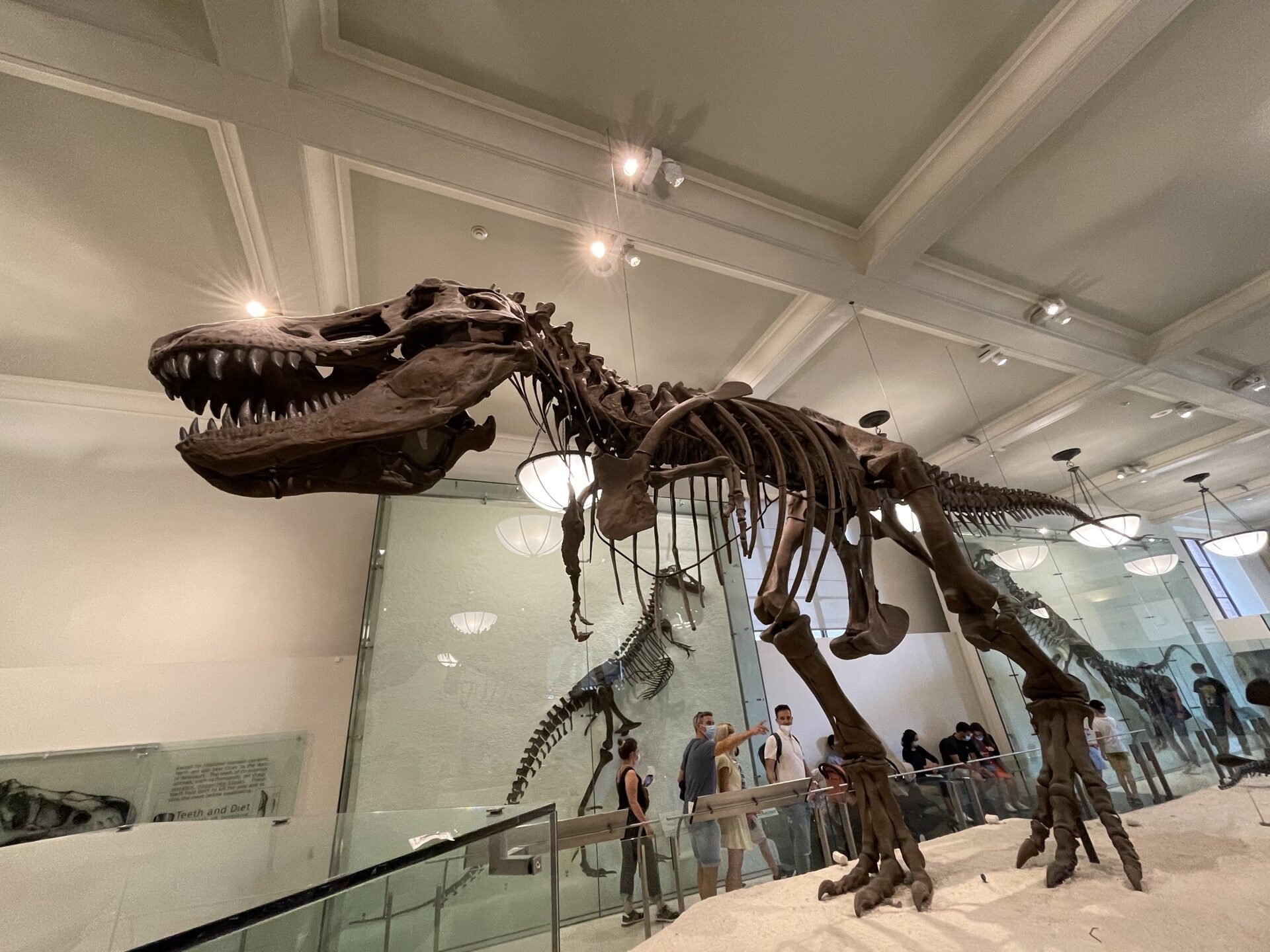
Where is the American Museum of Natural History?
The American Museum of Natural History is located at 200 Central Park West, New York, NY 10024. The museum is along the western side of Central Park, just south of the middle of the park. Several subway lines stop nearby, including the A, B, C, 1, 2, and 3.
When is the American Museum of Natural History open?
As of this post, the American Museum of Natural History is open Wednesday through Sunday 10AM to 5:30PM. You should consult the website to confirm the hours.
How much are tickets to the American Museum of Natural History?
Residents of New York, New Jersey, and Connecticut can pay what they wish. For all other guests, adult admission is $23, child (ages 3-12) admission is $13, and student and senior (60+) admissions are $18. Children under 3 are free.
While that price gets you access to the bulk of the museum, there are also several special exhibitions that come at an extra cost of about $5 each.
A family membership to the museum costs $150 per year and includes all special exhibitions, along with other perks. Of course, the membership is going to make most sense for locals, who get in at the price they wish anyways.
The American Museum of Natural History is included in the New York CityPass ($129 adult, $109 child). CityPass includes all special exhibitions, though there is also a more limited “C3” pass option which only includes one special exhibition.
Is the American Museum of Natural History Free?
The American Museum of Natural History is free for residents of New York, New Jersey, and Connecticut insofar as they can pay what they wish, including $0.

Do you need reservations for the American Museum of Natural History?
Yes! As of this update, you still need to make timed reservations in order to enter the American Museum of Natural History. This applies to all guests, including members.
How long does it take to visit the American Museum of Natural History?
The American Museum of Natural History is a large museum with detailed exhibits. With a break for lunch, the museum could easily fill a full 10AM to 5:30PM day. At a minimum, we recommend having three hours for a visit.
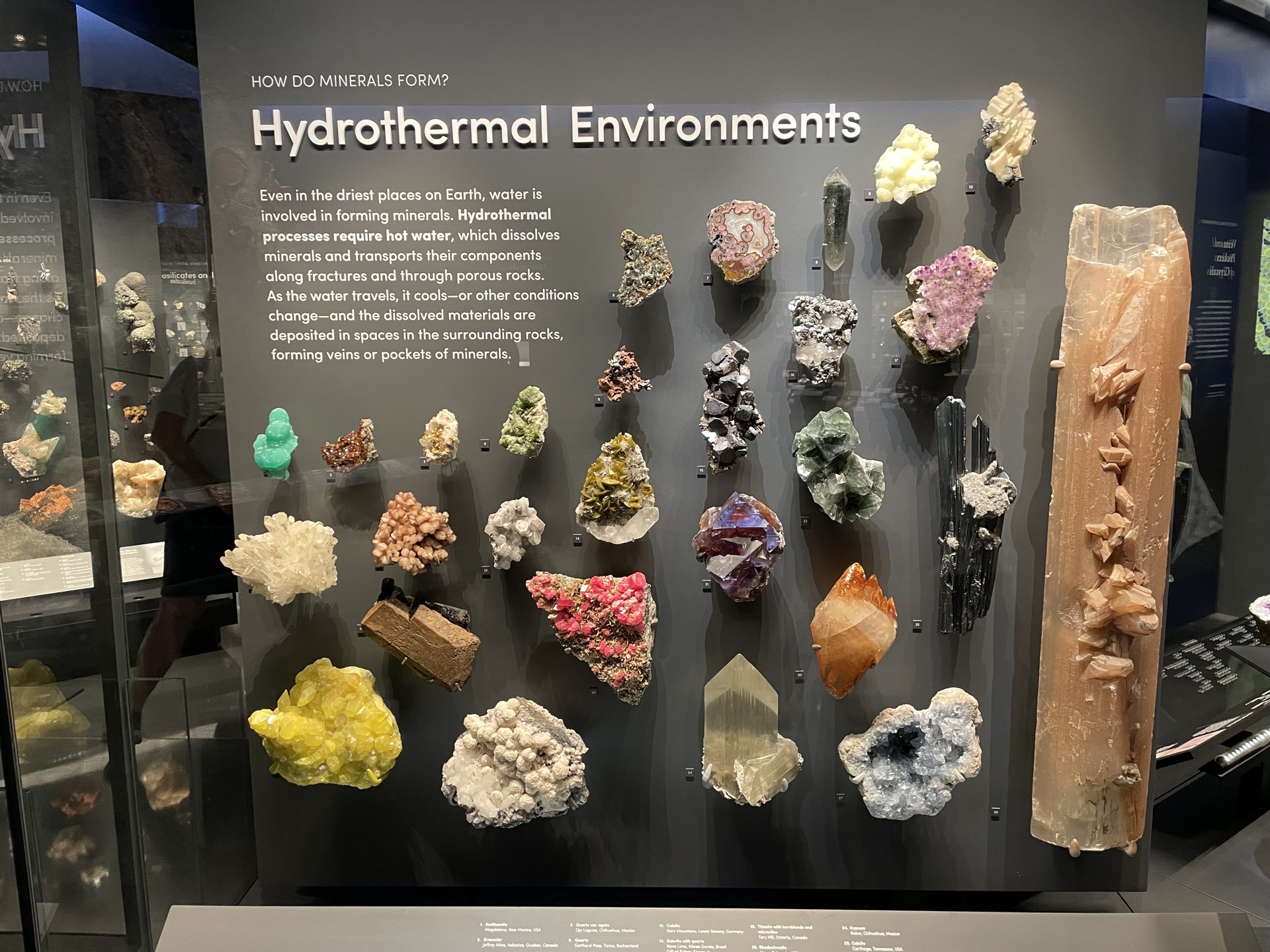
Are there restaurants at the American Museum of Natural History?
While there are several restaurants at the museum, they have not fully reopened. The Food Court is reliably open, and the Cafe on 4 may also be open during your visit.
Is the American Museum of Natural History fun for kids?
While some, maybe even most, kids will enjoy the American Museum of Natural History, it doesn’t have the same “fun for kids” energy that a place like the New York Hall of Science does. There is plenty to learn and some cool things to see at the American Museum of Natural History, but there isn’t a ton of interactivity.
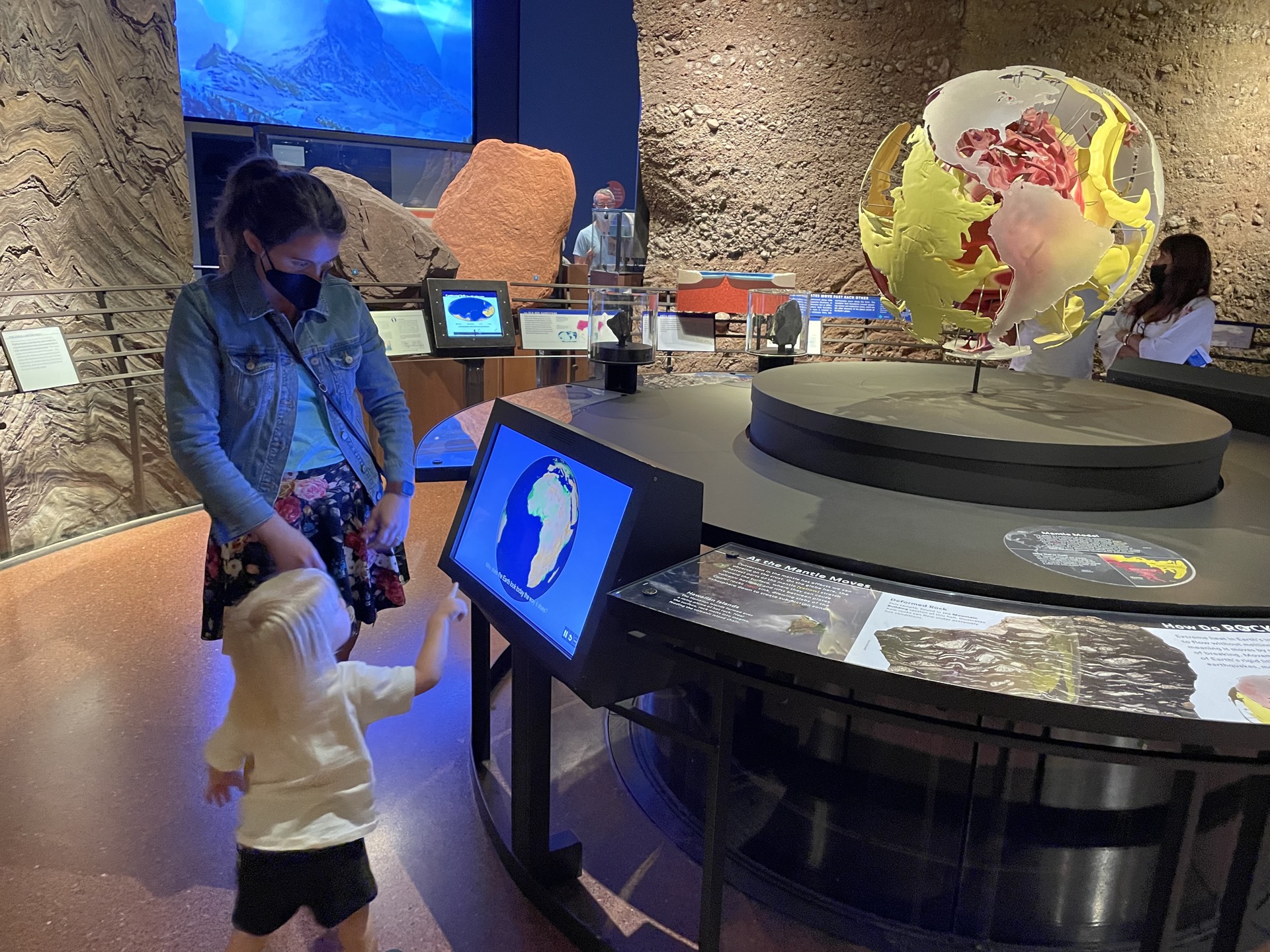
Is the American Museum of Natural History worth visiting?
There aren’t many world class natural history museums, so the American Museum of Natural History isn’t a museum to be skipped lightly. If you’re planning a trip to New York, want to visit a museum, and don’t particularly care about art, then this is a great pick.
That said, if you’ve been to other top tier natural history museums (we’re from Chicago and have made several visits to the Field Museum, for example), then the American Museum of Natural History is going to be exactly what you expect. That might mean you still want to visit, but you shouldn’t expect to be blown away.
Best Exhibits at American Museum of Natural History
This is a wholly subjective list of five of our favorite things at the American Museum of Natural History. It’s going to be a mix of exhibits and a few entire halls that are just good throughout.
Mignone Halls of Gems and Minerals
The Mignone Halls of Gems and Minerals is actually a very new (2021) hall that is positively stunning. Our photos really can’t do this colorful panoply of patterns justice.
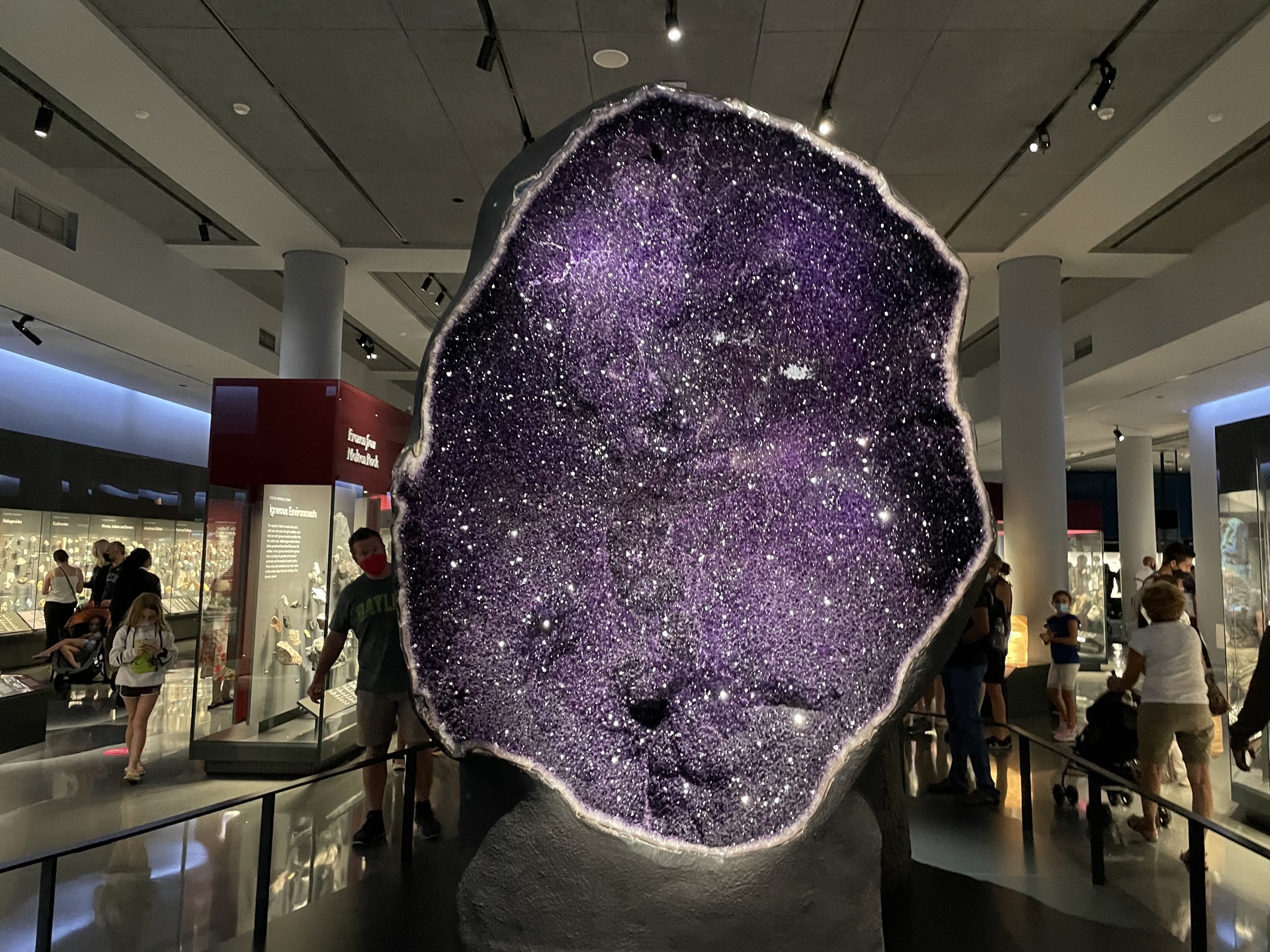
Titanosaur + Vertebrate Halls
The Titanosaur Fossil is absolutely gigantic, but the entire fourth floor is a very well-constructed walk through the evolution of vertebrates (yes, that includes dinosaurs).
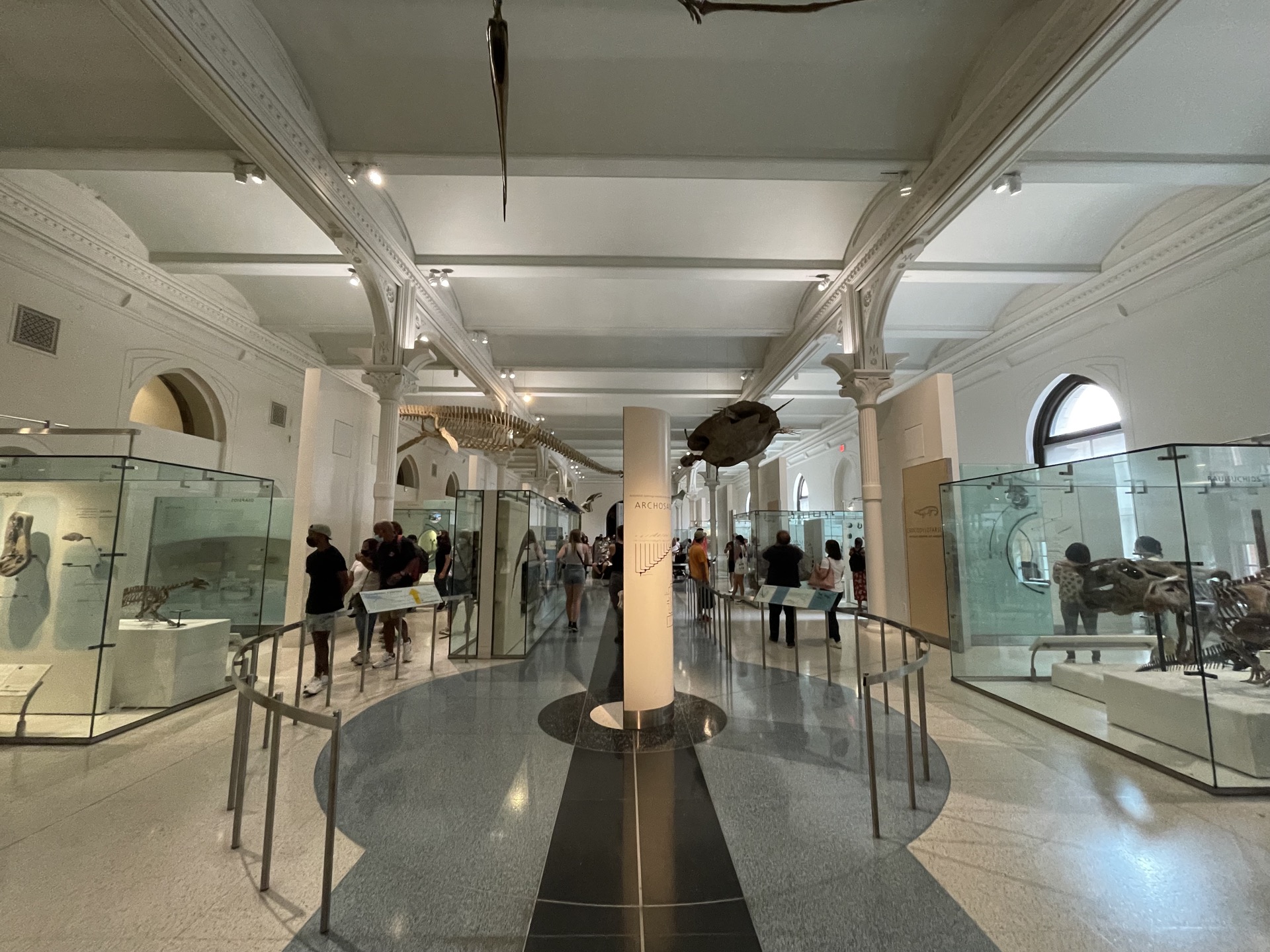
Ahnighito Fragment of the Cape York Meteorite
Space rock? Yes please. The 34-ton fragment of the Cape York Meteorite is the largest meteorite on display in any museum. Find it in the Ross Hall of Meteorites

Hall of Human Origins
There is plenty about humankind in the museum, but the Hall of Human Origins is a fantastic look at the evolution of humans.

Milstein Hall of Ocean Life
For pure quality, you could pick any of the main animal halls for this list, but the Milstein Hall of Ocean Life and its suspended blue whale are iconic and a major highlight of the museum.

InSapphoWeTrust from Los Angeles, California, USA, CC BY-SA 2.0, via Wikimedia Commons
Tips for Visiting the American Museum of Natural History
1. Check for All Current Rules and Restrictions
This goes for…everything…sadly…these days. When we most recently visited, the museum still had a mask requirement (free masks were handed out at the door), and several of the restaurants/cafes were closed.
2. Consider CityPass
The American Museum of Natural History is included in the New York CityPass, which includes four other attractions.
3. Plan Ahead and Book Early
Reservations are required and times can run out. It’s unlikely the entire day will sell out, but assuming you’re on any sort of a schedule, you’ll want to make sure you book your time well in advance to be sure you’ve locked it down.
4. Arrive Early for Your Reservation
If there’s a line outside, it can take 15 minutes or more to enter the museum. It’s best to arrive 15-30 minutes early if you’re planning on maximizing your time.

5. Focus on What Matters To You
It’s a natural history museum and we all want to feel sophisticated, but let’s be real—sometimes what you really care about is seeing a big dinosaur, ancient hominid skeletons, and a meteorite. Whatever your interests, be honest with yourself about what’s most important.
You don’t want to jump from the fourth floor to the first to the third back to the fourth just because you’re prioritizing some things, but you also don’t need to spend the first 30 minutes of your visit in the Hall of African Mammals just because it’s the first room you see upon entering (FWIW, our toddler loved the African mammals, no disrespect for that hall at all).
Figure out where you want to spend your time, and try to go there early and take your time at those exhibits. You can’t read every display in the museum, or even maybe at your top picks, in a single day. Don’t waste time on things that don’t interest you.
6. Look at the Map Beforehand
This goes hand-in-hand with the above point. The museum is big—five floors—so make sure you understand the general layout. View the map here to make sure you have a rough idea of where you’re going.
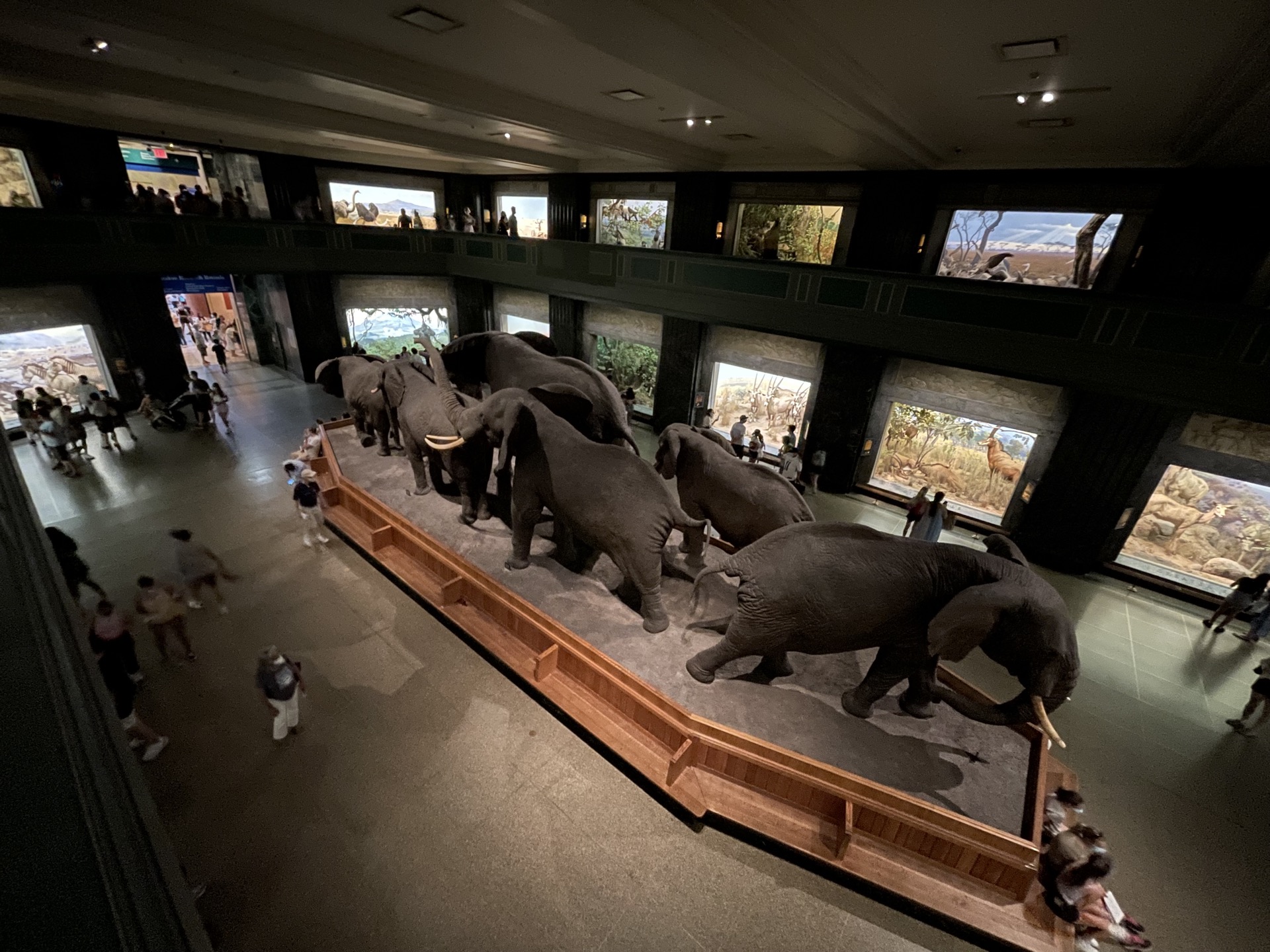
7. Start on the Fourth Floor
Okay, so, prioritize what matters to you…but if you just need some advice, start on the fourth floor. The fourth floor contains the halls of vertebrate evolution which is a very sensible place to start your visit at a natural history museum (second only to maybe the history of the universe / geological exhibits). The fourth floor is also the top floor, so going there first and getting it out of the way will simplify the rest of your day a bit.
8. Visit the Vertebrate Halls (4th Floor) in Proper Order
Whether or not you start on the fourth floor, make sure you visit the halls in the right order! These halls are actually structured to take your on a walking tour of the evolution of vertebrates.
Start by watching the short film in the Miriam and Ira D. Wallach Orientation Center. That film introduces the floor and its layout. From there, you’ll head clockwise to “Vertebrate Origins.” Along this route, the animals will evolve as you pass them, and you can step to the sides of the halls for exhibits on the specific evolutionary features you’re passing by.
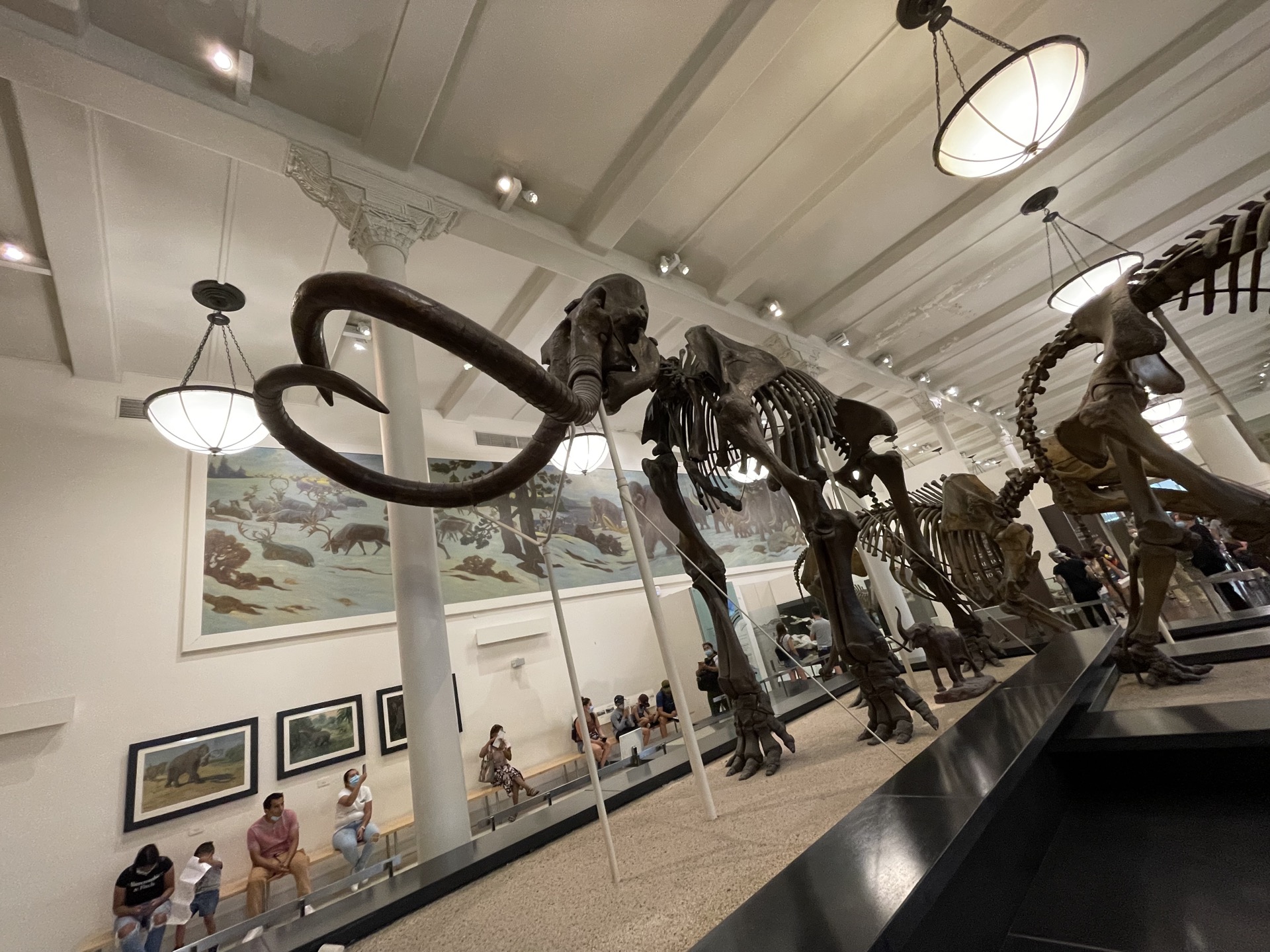
9. Avoid Peak Lunch
If at all possible, avoid eating lunch too close to 12PM. With limited food options at the museum these days, the food court gets really crowded. If you can—earlier is better for the simple reason that there are going to be fewer people in the museum and even fewer of them are going to rush to lunch so early in their visit.
10. Visit the Seinfeld Apartment Nearby
Well, the Seinfeld address at least. In the famous show Seinfeld, the character of Jerry Seinfeld lives at 129 W 81st Street, not far from the museum. Unfortunately, the exterior shot of the building from the show is not the actual building at that address.
